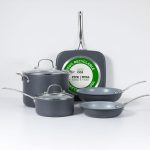Choosing the right cookware material can significantly impact your cooking experience. Different materials present unique advantages and challenges, influencing not only how food cooks but also how safe it is for consumption. This comprehensive guide will explore the pros and cons of popular best cookware material, thereby helping you make an informed decision for your kitchen.
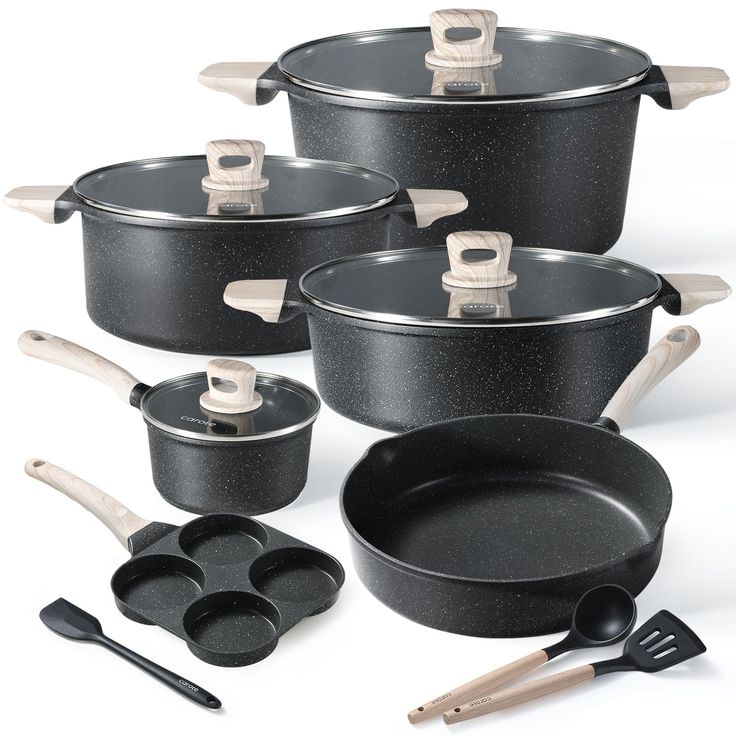
Understanding Best Cookware Material: A Foundation for Better Cooking
When it comes to cookware, various materials are available in today’s market. Each material serves specific cooking needs and has distinct performance characteristics. The most common materials include stainless steel, non-stick, cast iron, aluminum, and copper. By truly understanding these materials, you enable yourself to select cookware that enhances your culinary endeavors while prioritizing health and safety.
Stainless steel provides excellent durability and resistance to corrosion. It often comes with multiple layers, mixing metals for even heat distribution. Non-stick options make cooking and cleaning effortless, catering to those who prefer low-fat cooking methods. Cast iron and aluminum offer unique thermal properties, making them reliable for various cooking applications. Copper, while more expensive, delivers superior conductivity, ensuring precise temperature control. Each option comes with its own set of pros and cons, making it vital to understand what aligns best with your cooking style and dietary needs.
Stainless Steel Cookware: The Durable Choice
Stainless steel cookware often tops the list when discussing the best cookware materials. Its durability and resistance to rust and staining make it a desirable option for many home cooks and professional chefs alike. The sleek appearance and robust performance enable stainless steel to fit seamlessly with modern kitchen aesthetics.
One major advantage is its non-reactive nature. This property allows stainless steel cookware to handle acidic and alkaline foods without leaching harmful chemicals or altering flavors. You can confidently cook tomato sauces or citrus-based dishes knowing your food remains uncontaminated. Additionally, stainless steel usually features a layered construction that includes aluminum or copper to enhance heat distribution. This ensures even cooking, allowing for precise temperature control during various cooking techniques, such as braising or simmering.
However, there are downsides. Stainless steel can be prone to food sticking, especially if you don’t preheat the pan properly. Moreover, it doesn’t have the same non-stick qualities that other materials offer. This sticking issue may lead to more intricate cleanup processes, especially when cooking delicate foods like eggs or fish. In contrast, proper use of cooking oils and techniques can mitigate these challenges. Ultimately, stainless steel cookware stands out for its durability and versatility, making it a staple in many kitchens.
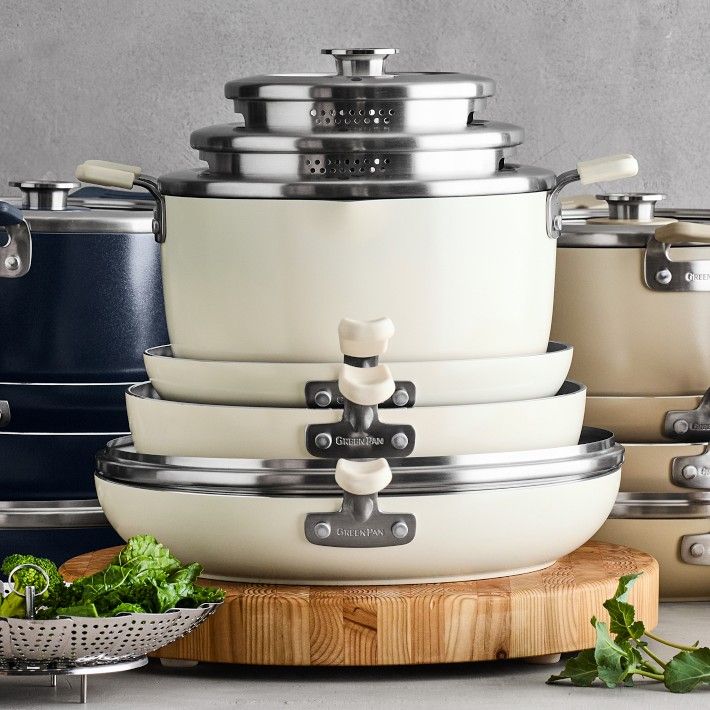
Non-Stick Cookware: Convenience at Its Best
Non-stick cookware has gained popularity for its convenience and ease of use. This type of cookware features a special coating that prevents food from sticking, making cooking and cleanup as effortless as possible. For individuals seeking healthier cooking methods, non-stick options often require less oil, thus reducing fat content in meals.
The main benefit of non-stick cookware is its user-friendly nature. You can prepare delicate items such as pancakes, omelets, and sautéed vegetables without worrying about them adhering to the surface. This feature appeals to novice cooks, who may find it challenging to master cooking techniques. Additionally, many non-stick options come designed to be lightweight, contributing to easy handling and maneuverability while cooking.
On the flip side, non-stick cookware does come with specific drawbacks. Most non-stick coatings consist of polytetrafluoroethylene (PTFE) and other fluorinated compounds, which can release harmful fumes when overheated. This concern becomes particularly significant if you use your cookware under high temperatures. Furthermore, metal utensils can scratch the surface, compromising its effectiveness over time. To extend the life of your non-stick cookware, use wooden or silicone utensils, and avoid high-heat cooking methods. Cleaning also poses a challenge, as abrasive sponges can damage the non-stick surface. While non-stick cookware offers unmatched convenience, being mindful of its limitations is crucial for long-lasting use.
Cast Iron Cookware: Timeless and Versatile
Cast iron cookware has stood the test of time, celebrated for its durability and versatility. Many home cooks swear by cast iron skillets, Dutch ovens, and griddles due to their ability to retain heat and distribute it evenly. This material excels when searing meats or baking, as cast iron pans can withstand high temperatures and transition from stovetop to oven seamlessly.
One primary benefit of cast iron cookware is its exceptional heat retention. This characteristic allows for precise temperature control, making it ideal for frying and slow-cooking dishes. Additionally, cast iron provides natural non-stick properties when properly seasoned. This seasoning, built up over time, minimizes sticky surfaces, leading to an easier cooking experience. More so, cast iron improves with age, developing a rich flavor profile when maintained correctly.
Nevertheless, cast iron does require a specific maintenance routine. It demands regular seasoning with oil to ensure its non-stick properties remain intact. Furthermore, cast iron is heavy, which can pose challenges for some users when handling or cleaning. Additionally, moisture can lead to rust, demanding careful drying after washing. If you prefer a low-maintenance option, cast iron may not be the best choice. Still, those who commit to proper care find that cast iron cookware can last a lifetime and enhance any cooking experience.

Aluminum Cookware: Lightweight and Affordable
Aluminum cookware offers an affordable option that many cooks appreciate for its lightweight and responsive nature. This type of cookware heats quickly and evenly, making it an excellent choice for sautéing and frying. Its excellent thermal conductivity ensures you can achieve precise temperature control during cooking, perfect for techniques requiring careful monitoring.
One of the significant advantages of aluminum cookware is its affordability. Compared to other materials like stainless steel or copper, aluminum typically comes at a lower price point, making it accessible for budget-conscious cooks. Many aluminum options also feature non-stick surfaces, providing ease of use without the higher costs associated with premium brands.
However, aluminum cookware has its downsides. Traditional aluminum is prone to warping and scratching, which can impact its long-term performance. Additionally, it’s important to note that aluminum can react with acidic or alkaline foods, potentially altering the flavor and leaching harmful substances into your dishes. To mitigate this, many aluminum cookware pieces now feature anodized coatings that eliminate these concerns. This innovation has improved aluminum’s standing in the cookware realm, but understanding its properties remains crucial for effective use.
Copper Cookware: Ultra-Conductive and Luxurious
Copper cookware embodies the luxury and high performance that many professional chefs seek. Its unparalleled thermal conductivity allows for exceptional temperature regulation in the kitchen, enabling precise cooking techniques. When it comes to responsiveness, no other cookware material matches copper. It heats up quickly and cools down just as fast, offering the cook full control over their culinary creations.
The aesthetic appeal of copper cookware cannot be overlooked. Its shiny exterior makes it a beautiful addition to any kitchen, often used as decorative pieces as well as functional tools. Many copper pots and pans also come lined with stainless steel to prevent reactions with food while still enjoying the benefits of copper’s conductivity.
On the other hand, copper cookware does have some drawbacks. It can be expensive, which may not fit all budgets. Additionally, copper requires constant maintenance to keep its surface looking pristine; oxidation can cause discoloration over time. Regular polishing keeps it aesthetically pleasing but can become a chore. Copper cookware may also not be compatible with induction stovetops unless it has a magnetic lining. If you seek cookware that combines excellent performance with stunning visuals, copper may be your go-to option, provided you’re willing to invest the time and money required for proper care.
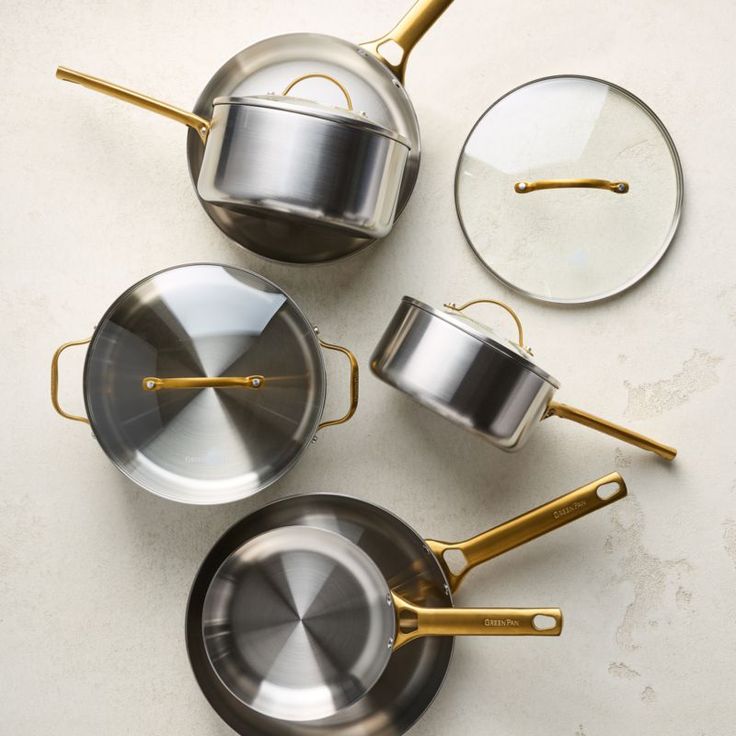
Choosing the Right Cookware: Consider Your Cooking Style
Selecting the best cookware material for your kitchen is not just about understanding the pros and cons of each option; it also means considering your cooking style and personal preferences. A busy home chef who frequently prepares family meals may require different cookware than a culinary enthusiast who loves to experiment with gourmet techniques. Assess your cooking habits, heat preferences, and dietary needs before making a choice.
For instance, if you often cook acid-rich dishes, selecting non-reactive materials like stainless steel or anodized aluminum becomes essential. Alternatively, if you prefer healthy, low-fat cooking, non-stick cookware should top your list.
Also, think about maintenance. Those with limited time may lean towards low-maintenance options like stainless steel or well-seasoned cast iron. If you appreciate aesthetics, paying attention to materials like copper or high-quality stainless steel could appeal to your desire for an eye-catching kitchen.
Enhancing Your Cooking Environment with the Right Cookware and Range Hood
The right cookware can greatly impact not just the flavors of your dishes but also the overall cooking environment. A well-chosen range hood becomes just as crucial for maintaining good air quality in the kitchen. Installing an effective range hood helps clear smoke and odors, resulting in a more pleasant cooking space.
When you combine your quality cookware choices with a reliable range hood, you set yourself up for cooking success. Imagine cooking on high-quality stainless steel pans with the added benefit of a powerful range hood that ventilates any smoke or steam generated. This synergy creates an efficient and enjoyable cooking experience.
By investing in great cookware and ensuring proper ventilation, you allow yourself to focus on creativity and culinary exploration. You can become fully immersed in the cooking process, knowing that you’ve set up your kitchen with both safety and effectiveness in mind. Prioritize these elements, and you’ll enjoy a rewarding and fulfilling cooking experience.
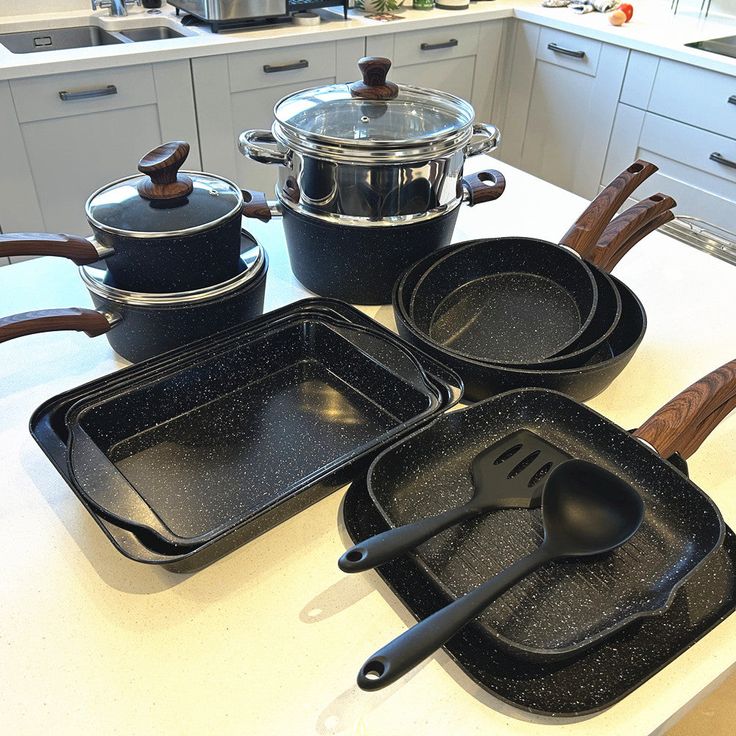
Conclusion: Making Informed Choices for Your Kitchen
Understanding the pros and cons of various cookware materials empowers you to make informed decisions for your kitchen. Each material possesses unique characteristics that cater to different cooking habits and safety concerns. From stainless steel’s durability to the luxurious performance of copper, having a clear understanding of these options enhances your cooking journey.
Ultimately, prioritize your cooking style, personal preferences, and health concerns as you select the best cookware material for your needs. Combine this knowledge with the installation of a proper range hood to eliminate smoke and odors, promoting safety and comfort in your culinary environment. Your kitchen becomes a hub of creativity, equipped with the tools you need to prepare delicious meals for yourself and your loved ones. With the right cookware material in place, you’ll not only cook better but also enjoy the process.
